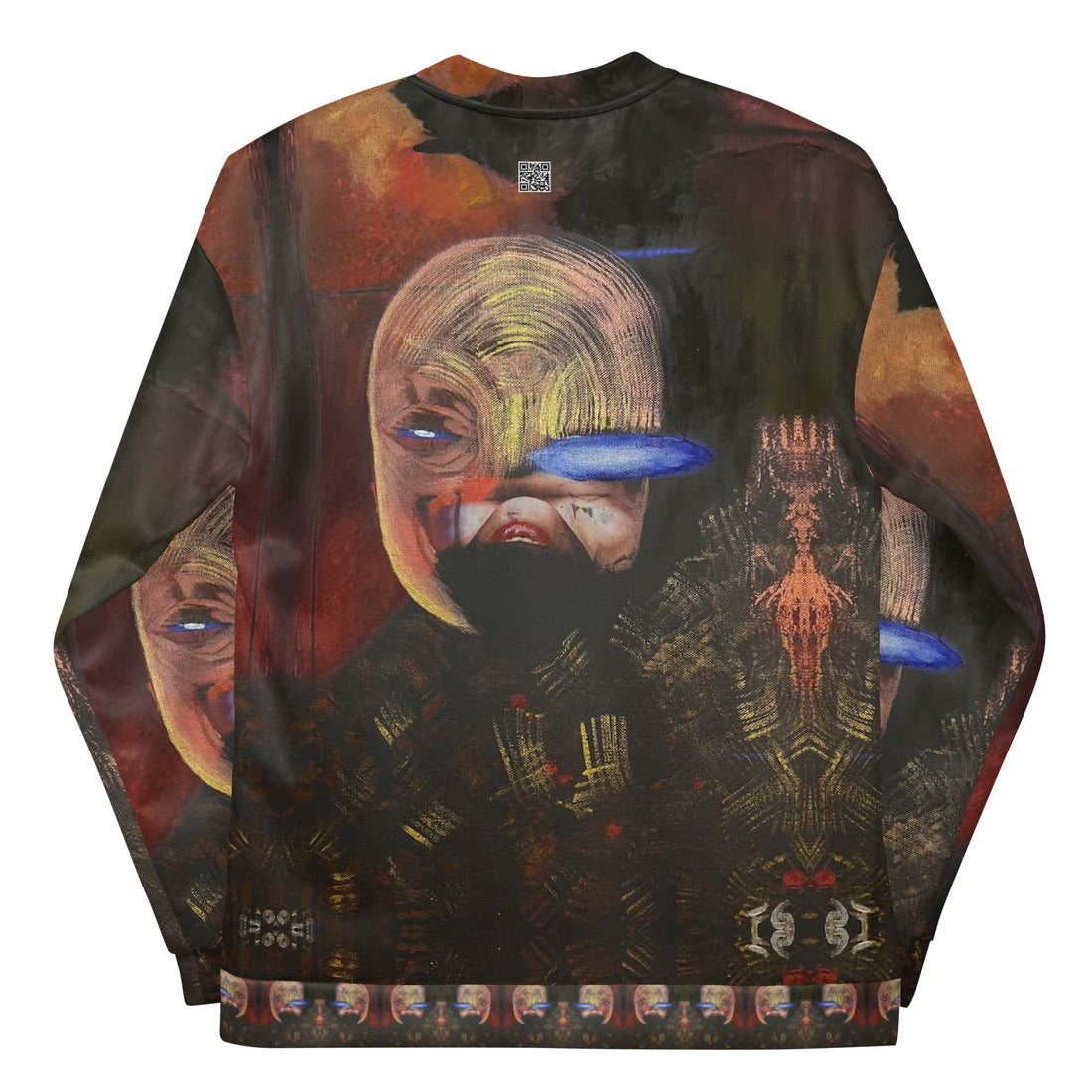Printing on clothing textiles is a fundamental aspect in the fashion industry, as it allows designs, patterns and graphics to be added to clothing in a creative and personalized way. There are several methods of printing on textiles, each with its own characteristics and particularities that make them suitable for different types of fabrics, designs and production volumes.
One of the most common methods is screen printing, which uses a fine mesh screen to transfer ink across specific areas of the fabric. Screen printing is ideal for large runs and simple or solid-color designs, as it offers high production speed and good print durability. However, it can be expensive for complex designs with multiple colors.
Another popular method is digital direct printing (DTG), which uses a specialized printer to apply ink directly to the fabric. Digital printing is ideal for short runs, detailed and multi-colour designs as it does not require screen creation and allows for quick customization of individual garments.
Sublimation is another method used in printing textiles, especially sports and polyester garments. Sublimation uses special inks that turn into a gas when heated, penetrating the fibers of the fabric and creating a permanent, wash-resistant print. This method is ideal for vibrant, high-resolution designs, but is only compatible with synthetic polyester or coated polyester fabrics.
Transfer printing is a versatile method that uses special paper impregnated with ink to transfer the design to fabric using heat and pressure. This method is suitable for a wide variety of fabrics and designs, including dark and light-colored garments. However, it may be more expensive than other methods and may require additional equipment for heat application.
In summary, the choice of printing method on clothing textiles depends on several factors, such as the type of fabric, the print design, the production volume and the available budget. Each method has its own advantages and limitations, and it is important to select the most suitable one to achieve the desired result in terms of quality, durability and aesthetics. Innovation in printing technology continues to advance, offering new opportunities and possibilities for the ever-evolving fashion industry.
Printing technology for textiles has seen significant advances in recent decades, driven by demand for more efficient, versatile and environmentally friendly methods. These advances have led to substantial improvements in printing processes and the quality of the final results, which has revolutionized the textile and fashion industry in general.
One of the most notable advances has been the widespread adoption of digital printing in the textile industry. Digital printing has allowed for greater flexibility in terms of design and customization, as it eliminates the need for printing plates and allows for the production of short runs and complex designs cost-effectively. Additionally, digital printing has improved the precision and quality of prints, allowing photographic images and fine details to be reproduced with exceptional clarity.
Another important advance has been the development of inks and pigments specifically designed for textile printing. These inks offer superior adhesion to a wide variety of fabrics, as well as exceptional wash and fade resistance. Additionally, environmentally friendly inks have been developed that minimize environmental impact and comply with health and safety regulations.
Sublimation printing technology has also seen significant improvements in terms of quality and versatility. Sublimation is now widely used in printing sportswear, fashion apparel and personalized products, thanks to its ability to produce vibrant, long-lasting, high-resolution colors. Advances in sublimation technology have enabled greater production speed and greater efficiency in the use of inks and substrates, which has reduced costs and improved profitability for manufacturers and designers.
In addition to advances in digital and sublimation printing, new printing techniques and processes, such as UV printing and thermal transfer printing, have been developed, offering new creative possibilities and applications in the textile industry. These advancements continue to drive innovation and evolution in textile printing, offering designers and manufacturers greater freedom and ability to create unique, high-quality products.
